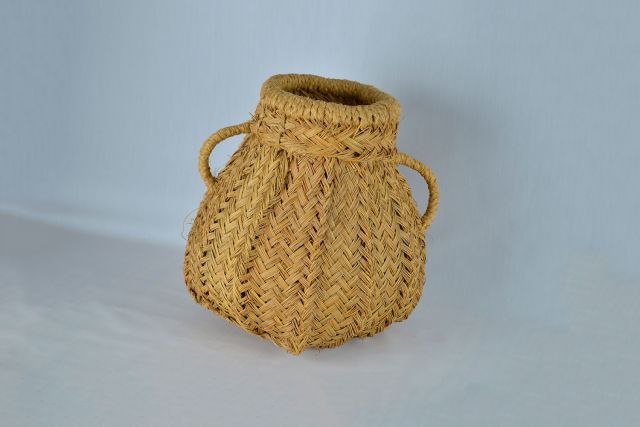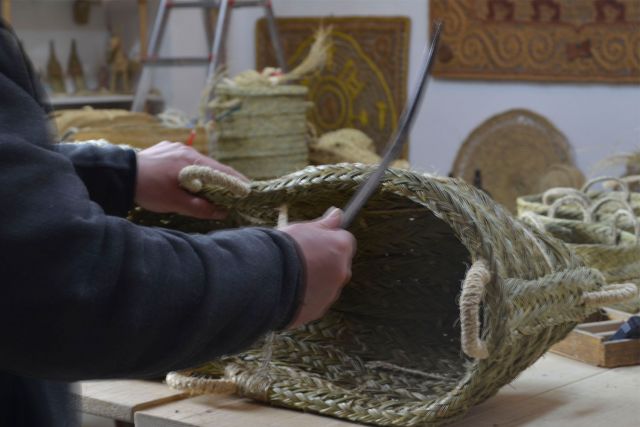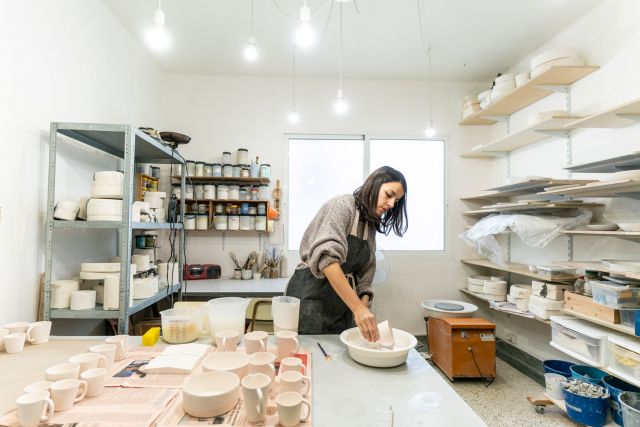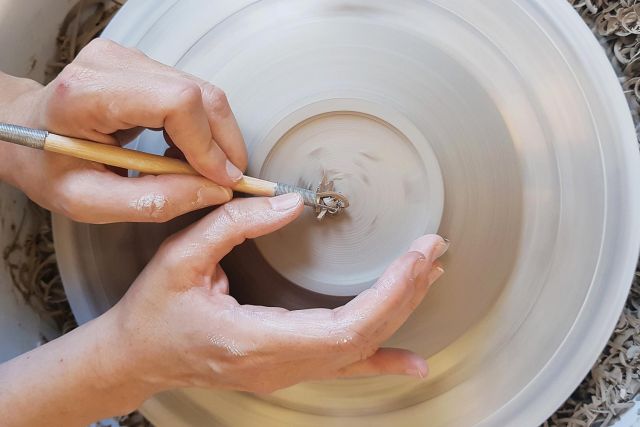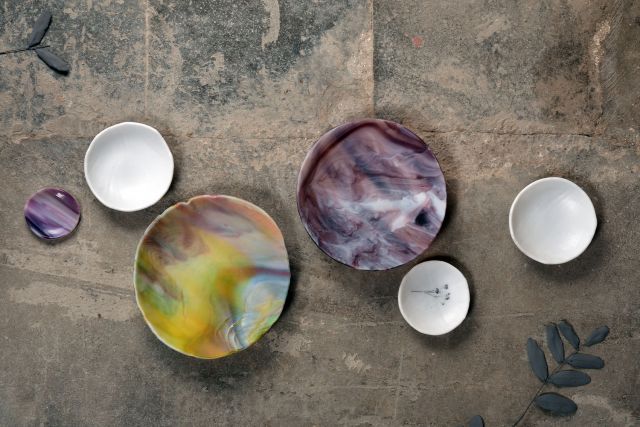The Burro de Pleita was made of esparto, which is the leaf of the atocha, and braided using the traditional 'pleita' technique. It was conceived to be used as a decorative object or as a toy for children.
Length 75 cm
Width 55 cm
Height 100 cm
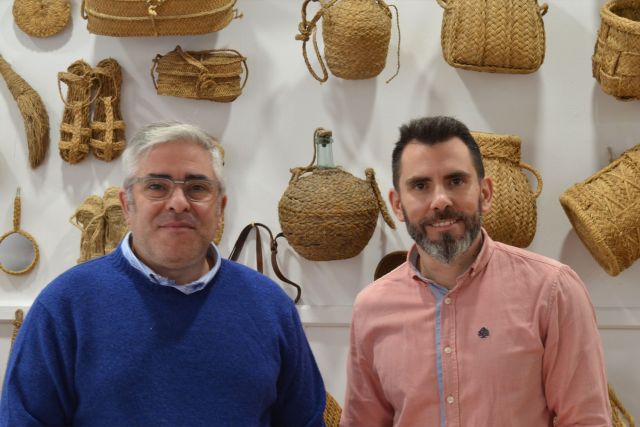
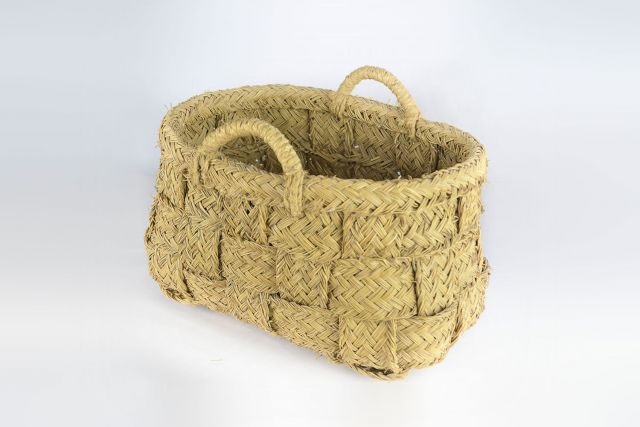
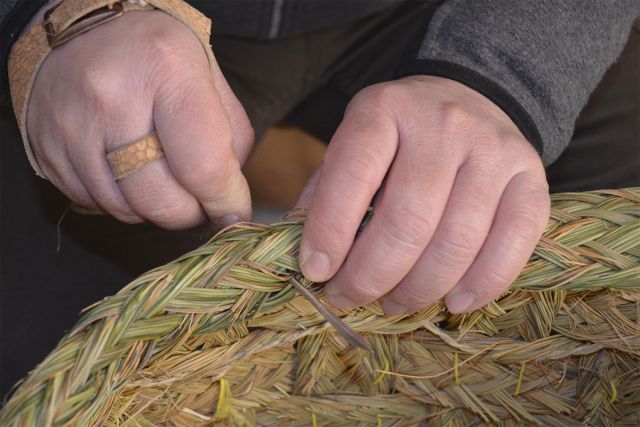
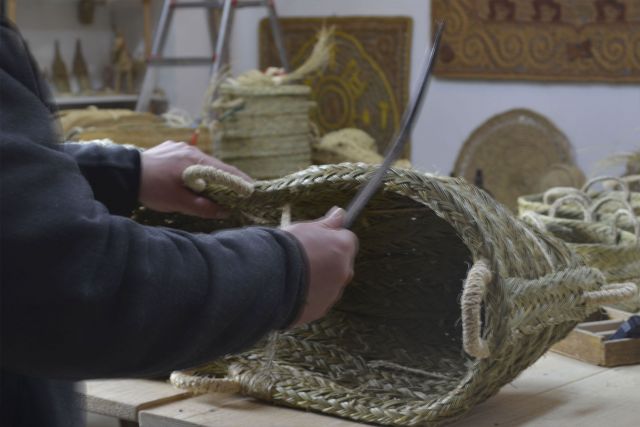
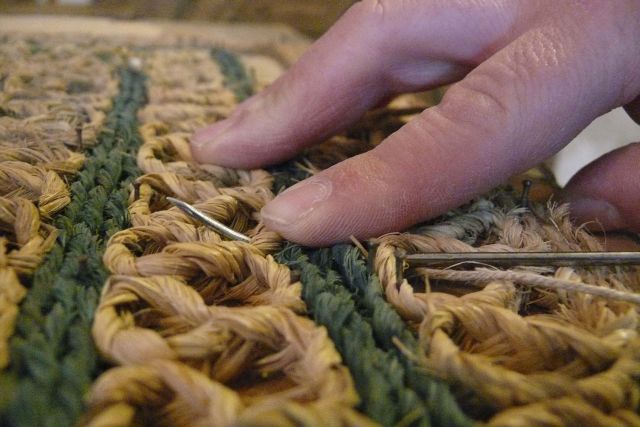
Pedro Antonio & Jesús Blanco
- De Ubedies Artesanía
- Basketweaver
- Úbeda, Spain
- Master Artisan
- Recommended by EOI - Fundesarte
Real 47, 23400 Úbeda, Spain
Tuesday to Saturday 10:00 - 14:00 / 17:00 - 21:00 and Sunday 10:00 - 14:00
+34 639563788
A family affair
- • The brothers are fascinated by the texture of esparto grass
- • They are the sixth generation of their family to take up the craft
- • Weaving esparto can be physically painful on the hands
Siblings Pedro Antonio and Jesús Blanco Ubalde learned the craft of weaving esparto grass from their father and grandfather, continuing a local tradition that dates back thousands of years. In 2013 they founded their own workshop, Ubedíes Artesanía, pursuing a commitment to reinvigorating tradition and preserving a craft that had previously been neglected due to the rise of plastic and synthetic fibres. The brothers' passion, curiosity and ingenuity are matched by a continual desire to experiment, whether by trying different ways of dyeing and blending materials, researching innovative techniques or branching out into fashion by joining forces with young Spanish designers.
Read the full interviewWorks
Photo: © All rights reserved

Photo: © All rights reserved
The Capacho de Acarreo was made of esparto fibres braided using the traditional 'pleita' technique. Already in use during Pedro and Jesús's grandfather’s time, these type of bags were traditionally used for harvesting olives. While the upper handles were convenient for transportation, the side handles were particularly useful for throwing the olives in the 'serón', a much larger basket carried by donkeys.

Photo: © All rights reserved
The Cabeza de Ciervo was made of esparto fibres braided using the millennia old 'pleita' technique. Handcrafted by Ubedies Artesania, it resembles a hunting trophy intended to be hung on the wall, though of course no animal was harmed in the making of it.
Height 75 cm
Length 25 cm
Width 20 cm

Photo: © All rights reserved
Andalusia is known worldwide for its Holy Week, which brings together penitents from processional brotherhoods. This Penitente de Esparto was handcrafted in esparto fibre using the traditional 'soguilla' technique of braiding. A different one was made for each of Úbeda's 20 brotherhoods.
Height 53 cm
Width 9 cm

Photo: © All rights reserved
This small bag was created at the end of the 1950s. It was handcrafted in sisal fibre using the traditional 'soguilla' technique of braiding. It embodies the social changes that occurred during the 1950s and 1960s, when classic models became archaic and evolved into new and freer forms.
cm





